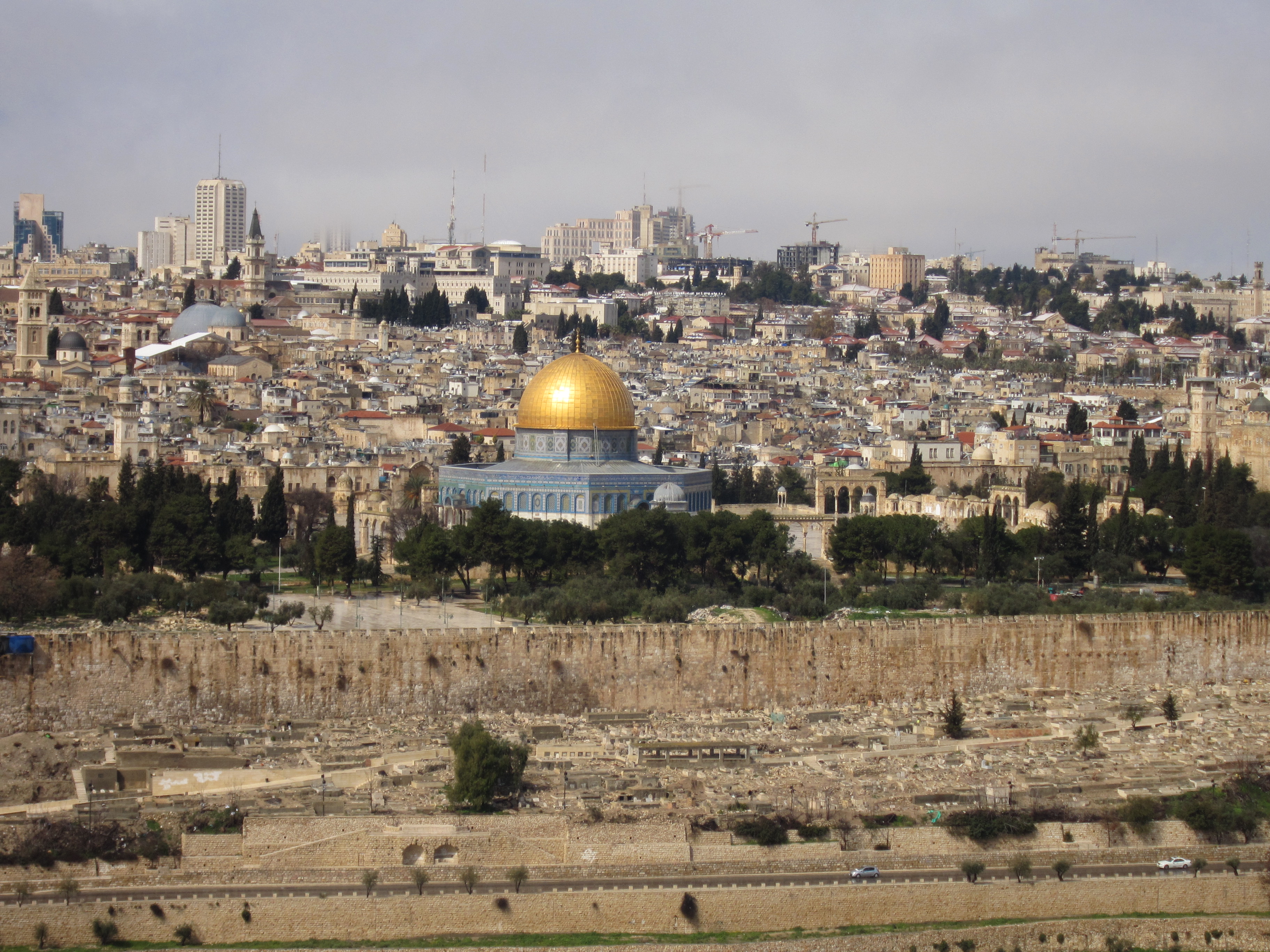Excavations at Jericho, West Bank of the Jordan River Valley
When I was a student at Oxford University in the 1980’s I spent time in the college library. I liked the peace and tranquility of the room, the comfortable chairs, the endless lines of leather-clad volumes. I loved selecting books, almost at random and reading a couple of pages.
One day I came across a selection of works by Kathleen Kenyon. Ms Kenyon was Principal of St Hugh’s, my college two decades before my arrival. I learned that she had been an eminent archaeologist, working extensively in the Middle East. Years later I found myself in Jerusalem – with the chance to visit Jericho. Jericho is one of the fascinating ‘tell sites’ of the Jordan River Valley. It is a site that has been continuously inhabited for centuries. This is what I wrote in March, 2012:
”Today I’ve come to visit the archaeological remains of the ancient city of Jericho. The site here has been excavated on and off for almost a century. Most notably by Kathleen Kenyon, a British archaeologist, working here from 1951-58. I have an affection for this place before I even arrive. Kathleen Kenyon was Principal of my college at Oxford. I spent hours as an under-graduate reading her reports on the excavations at Jericho. She was one of the first archaeologists to adopt a stratigraphic approach to excavation, which she learned in England whilst working for Mortimer Wheeler. This means excavating a site in a rigorous scientific manner, layer by layer, to ensure that artefacts and remnants are recorded and therefore dated correctly in relation to each other. In other words a serious chronological method was adopted for the first time. Kenyon was one of the first women to run her own dig – quite an accomplishment in the post-war years.
Jericho is what is known as a ‘tell site’ it is a mound of earth that has been built up over thousands of years as a result of continual habitation. It is estimated that people have lived here for at least ten thousand years. When Northern Europeans were still living in caves and wearing bear skins the people of Jericho lived in adobe houses, stored food in granaries and barns and had a permanent, settled (non-nomadic) lifestyle. This constant habitation of a site over millenia gives the archaeologist a huge amount of material (literally) to sift through enabling us to learn about lifestyles, family groupings and occupations through careful excavation and examination of artefacts. For example ceramic pots, tools, water carriers, amphora etc. Kenyon dug a trench at Jericho, several meters deep and probably 50 meters long. She then used the exposed walls of the trench to build up a stratigraphic picture of the city of Jericho. By excavating ceramics, tools, household goods and other evidence of human habitation she was able to build up a picture and a timescale of the peoples who had lived here”.
Now in 2015 there is a joint archaeological project continuing in Jericho at nearby Hisham’s Palace. This is an international project involving the University of Chicago and the Archaeological Department of the Palestinian Territories. I’ll report back on how this initiative is progressing shortly.
I was pleased to see that the British Archaeological Society in Jerusalem was renamed the Kenyon Institute in honour of Ms Kathleen Kenyon. A woman I never met but someone who has had a profound influence on me. As a young undergraduate my room was in the Kenyon Building, when I first arrived in Oxford – at the time I had no idea who Kenyon even was!
There’s something about this indomitable woman that is impressive. Ms Kenyon’s dedication to a cause – in this case archaeological investigation – often at the expense of a ‘normal life’. But I doubt she would see it like that, for her the chance to excavate in the Middle East, to run her own ‘dig’, to unearth the secrets of the past would have been reward enough.
Notes:
- Kathleen Kenyon, Principal of St Hugh’s College, University of Oxford from 1962
- For more on Jericho and Hisham’s Palace
- Don’t hesitate to e-mail: janet@grand-tourist.com with comments, observations etc
- Click here for more on Excavations in Palestine today.
- For more on British archaelogical activity in the Middle East – please click British Excavations in the Levant
Updated: 29-11-15








Great blog!!. Pleasure to read you as well!… Kind regards. Anne Suire
LikeLiked by 1 person
Thanks for reading – just fun to record stuff and even better when people like it!
Just got back from Monaco (South of France) preparing for a big event at the Monaco Historic (Classic Car Event) in May 2016 x
LikeLike